The last post about my Viking River Cruise told you about Burg Rheinfels. And the castle before that was Maus Castle, also referred to as the Mouse Castle. Well today I want to tell you about Burg Katz, or Cat, which was part of the story of the Cat and Mouse Castles.
It had started to rain again as we left Sankt Goar and Burg Rheinfels, on the west side of the Rhine. You can see people on the banks under shelters near this school above. They were waiting out the passing rainstorm.
On this section of the Rhine it got kind of confusing, since one side of the river was Sankt Goar and the other was Sankt Goarshausen and there were three castles all very close by.
At the bottom of the picture above you can see a dock where those coming ashore were welcomed to Sankt Goar. That is one of the main ways I can tell which town the picture is depicting. You can tell it’s a tourist area with all the little restaurants, hotels and gift shops. And adorable little buildings with half timber architecture and quaint details.
Luckily, on the other side of the river the town name was painted on the bank. This is where the Loreley Car Ferry operated which connects the two towns in the most direct route.
We spotted the ferry waiting on our longship to pass so it could cross the river. And you can see that Sankt Goarshausen was also a tourist attraction. More hotels and restaurants.
And more cute little buildings lining the bank of the river. And another one of the km markers, this one is 556, which means that Sankt Goarshausen is approximately 556 km north of the Rhine Falls.
This church is St. Johanneskirche, or St. John the Baptist Church.
And this picture shows another way I tried to keep track of my two towns – just look at those terraced areas on the steep cliff behind the church. This is another area famous for wine making and this area is still part of the Rhenish Massif. The Rhine splits this geologic feature in half.
On the Sankt Goarshausen side, is the Taunus. And the other side is the Hunsrück, where Sankt Goar resides. At this point the Taunus side was much steeper. I was amazed at the little terraces carved into the hillside, using every possible inch to farm grapes over the centuries.
And high above the Old Town, or Altstadt, stands Burg Katz, the Cat Castle.
There are two defensive towers that remain in the village. This one is Stadt Turm. It was a guard tower originally and today is a museum.
This one is not named, or at least that I could find, but these were originally connected with a defensive wall when the castle was built.
Burg Katz was started in 1360 by the Counts of Katzenelnbogen and was later destroyed by Napoleon in 1806 and eventually fell into ruin.
It was eventually rebuilt, but it was not restored. It was rebuilt in it’s own fashion, and you can tell by looking at the ruined tower behind the newer portion that it was definitely built for more modern living, without regard to the castle’s medieval architecture.
And just like earlier, our rain showers stopped and the clouds would break apart teasing us with blue skies above.
After World War II the castle was used as a school.
And since the 1990’s, the castle has been privately owned by a Japanese executive and it is not open to the public.
It looks like a lonely place to live.
But maybe that was just the clouds playing tricks on us as they couldn’t make up their mind to stay gloomy or open up to blue skies.
I am sure they must have a wonderful view. And from here you can see part of the original keep behind the reconstructed portion.
And here is another shot taken by our Viking Staff. You can see more modern style houses on the hill behind the castle. It is amazing how so many centuries of living can reside side by side here on the Rhine. Next we were headed to the famed Loreley Rock.
This is not a sponsored post. This is my experience from my trip with Viking River Cruises. Email me to find out how you can save $100 when you book your first cruise with Viking through their referral program.
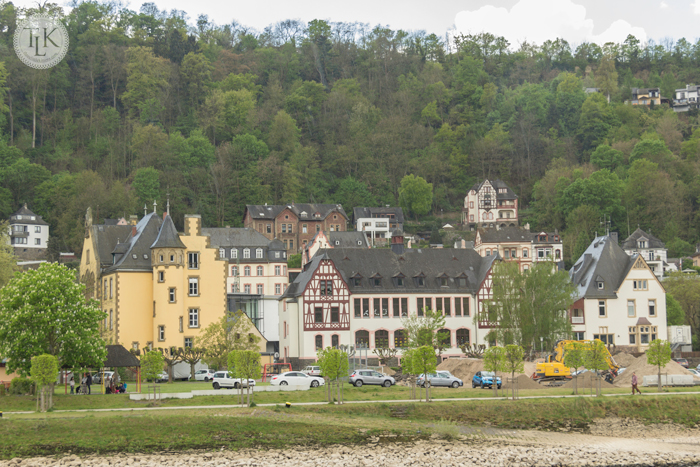
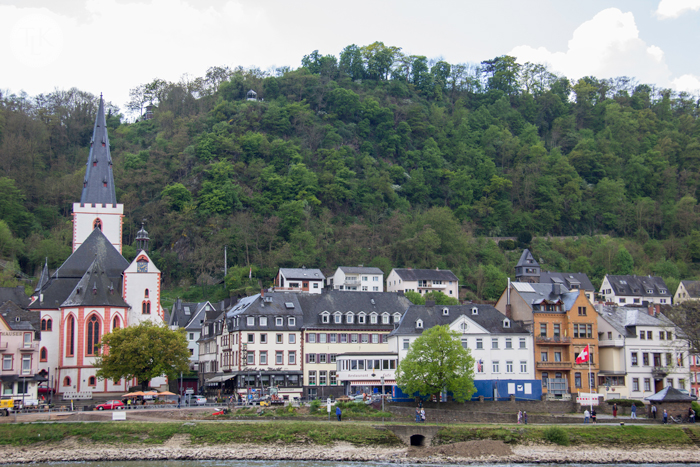
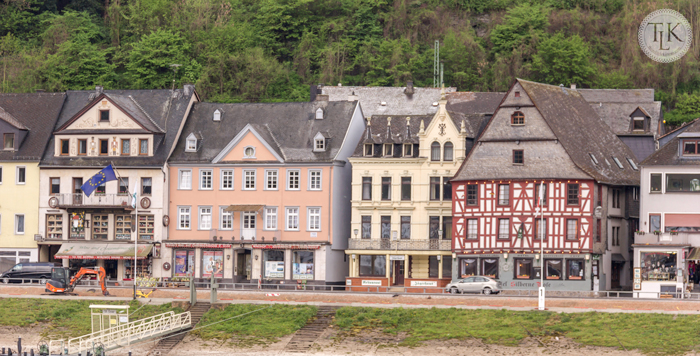
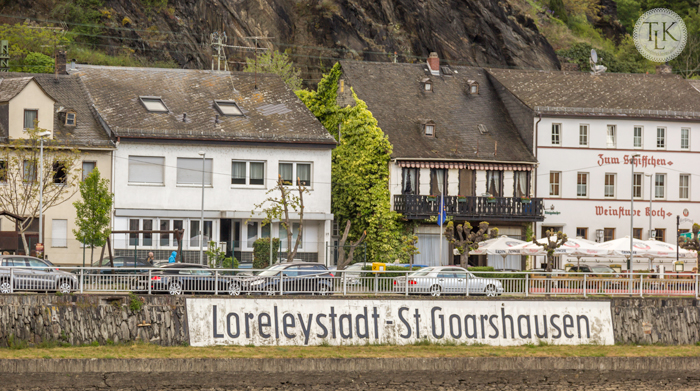
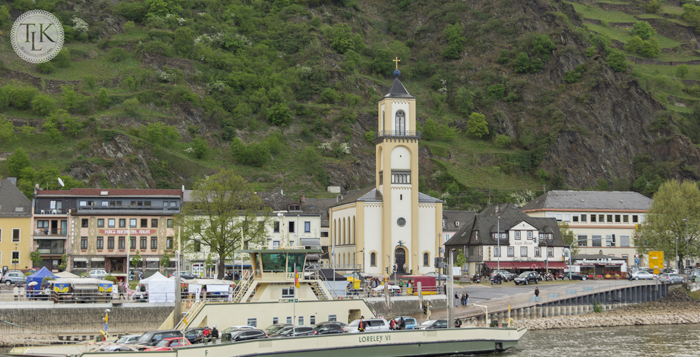
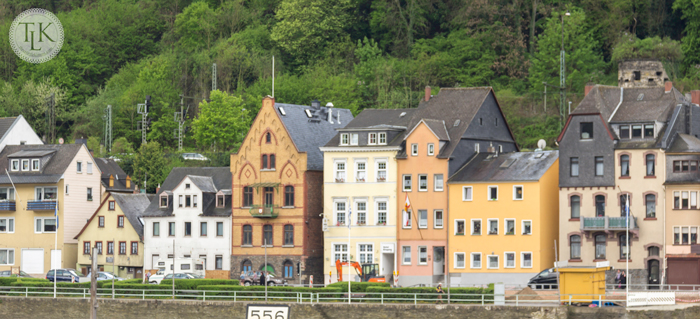
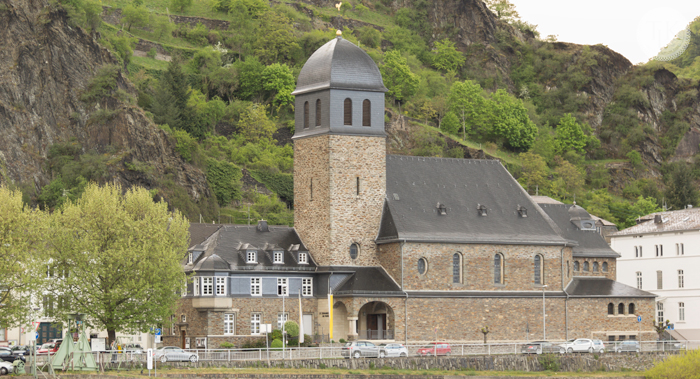
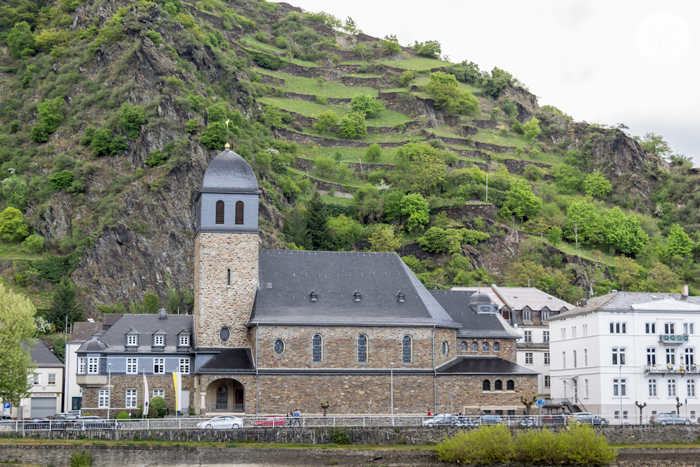
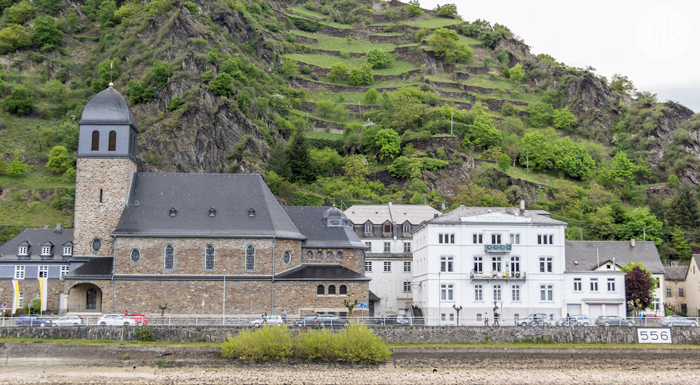
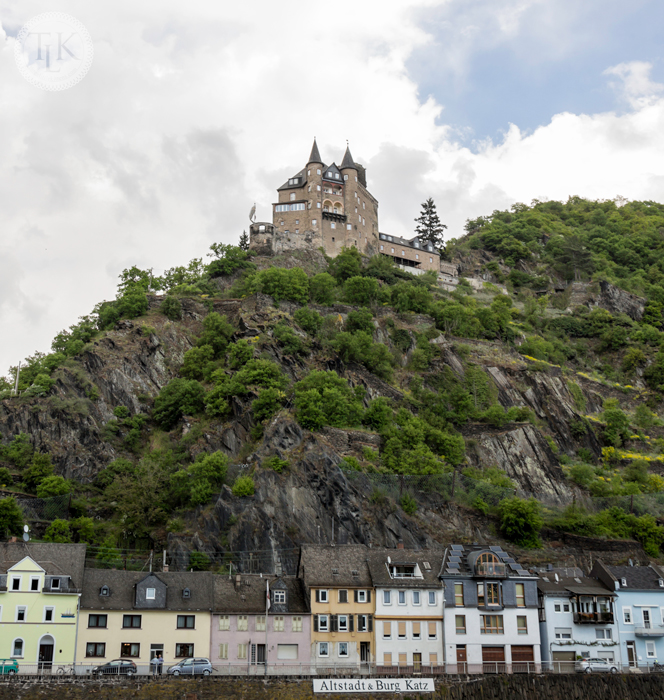
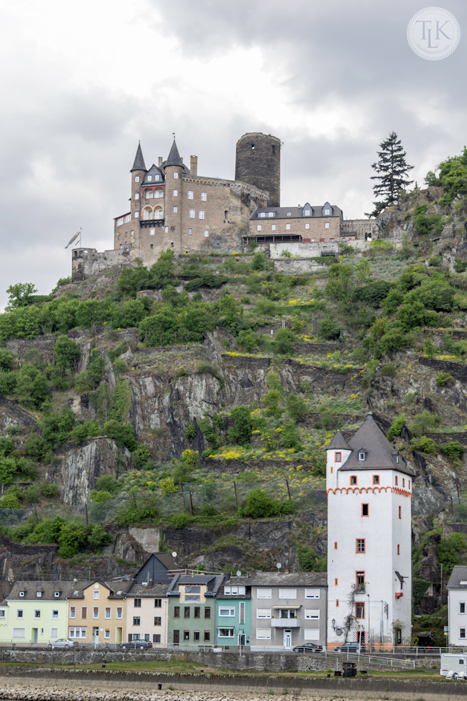
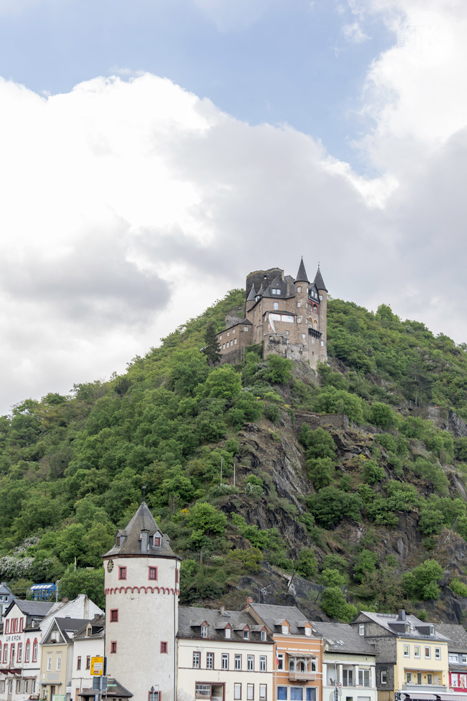
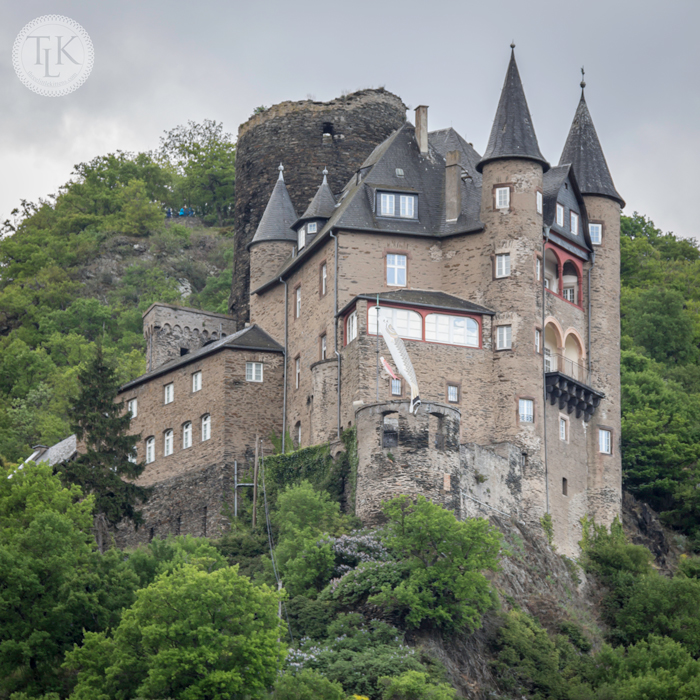
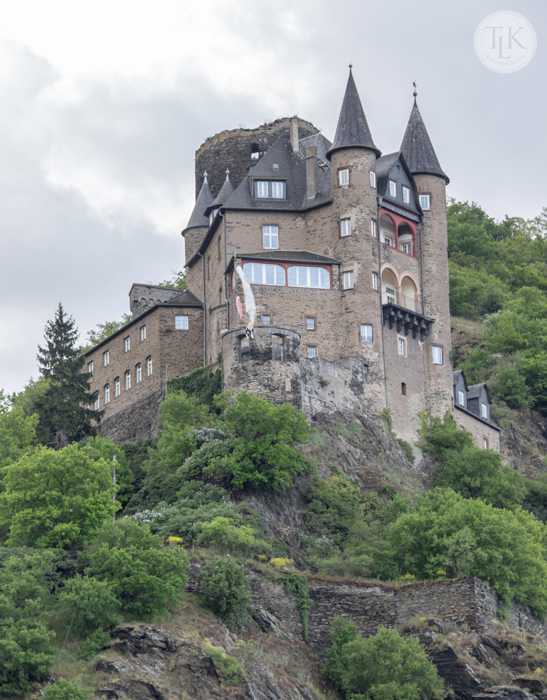
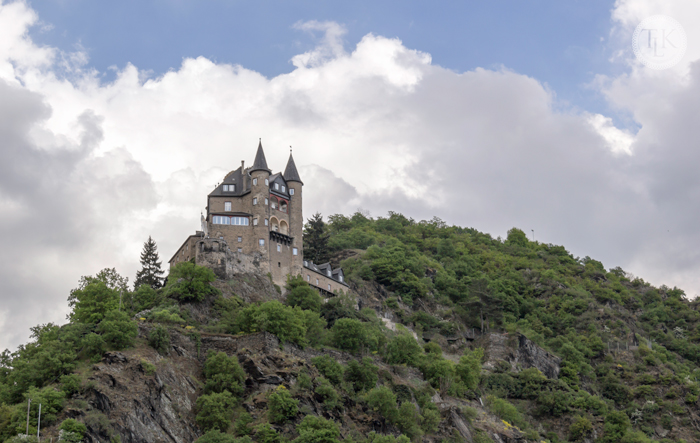
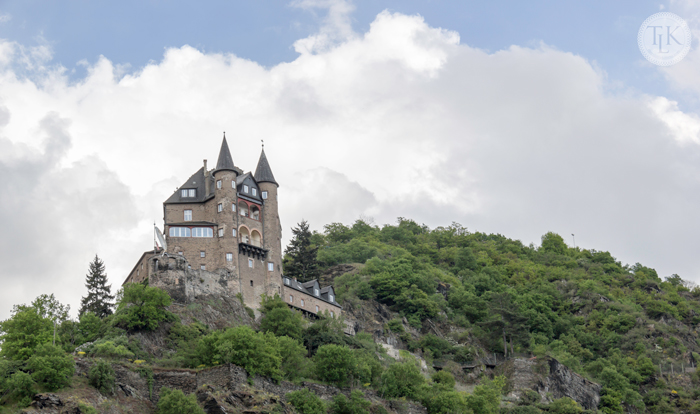
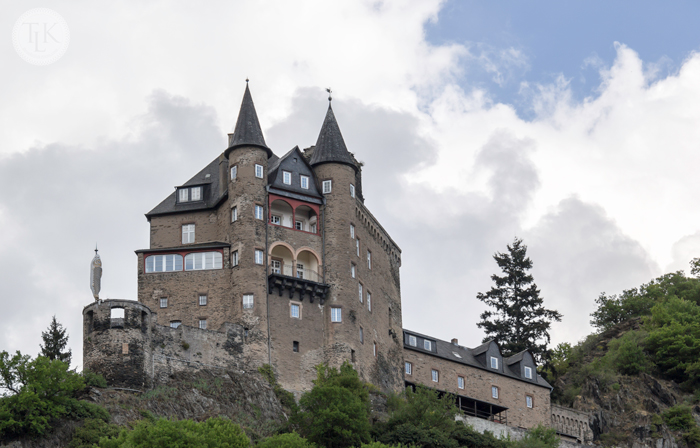
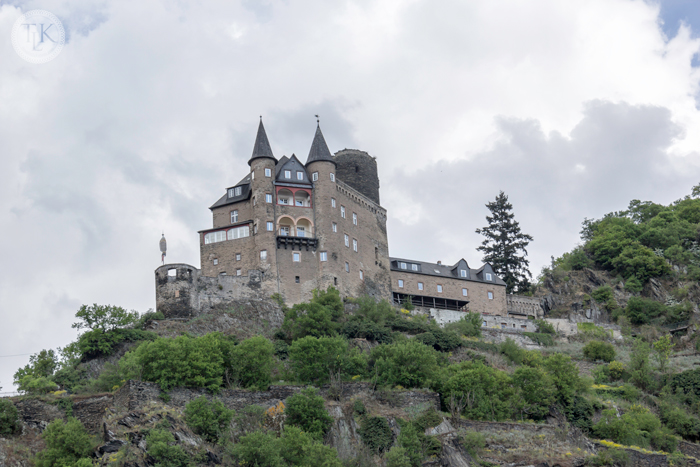
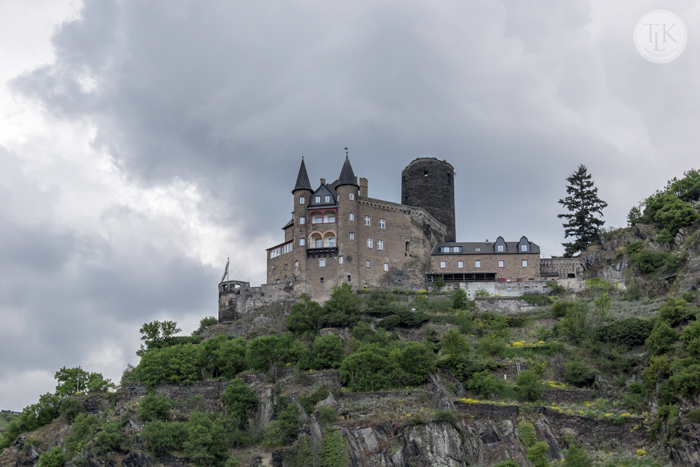
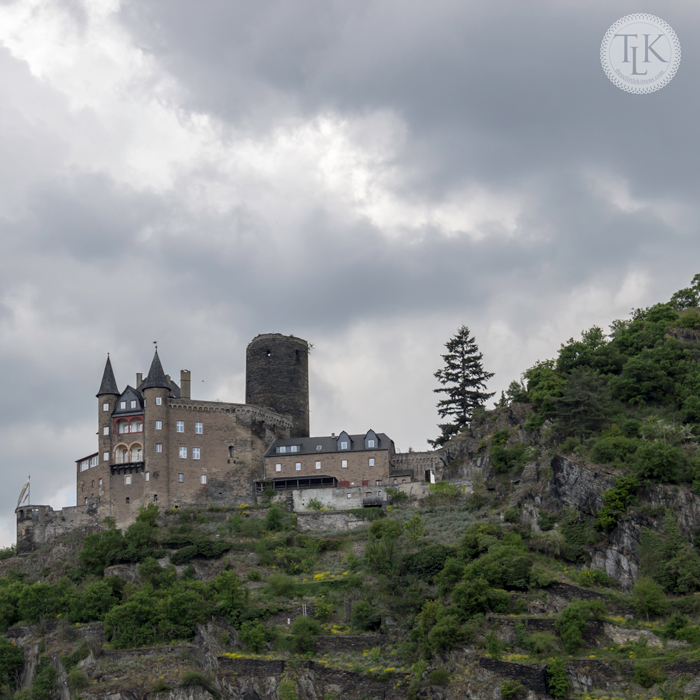
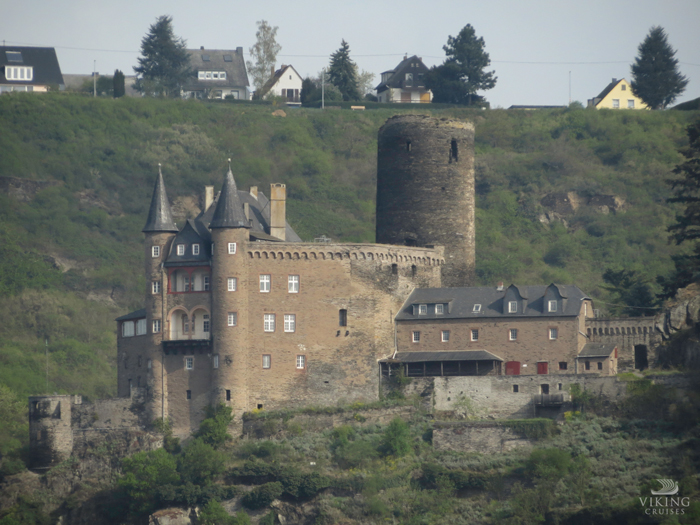
Leave a Reply